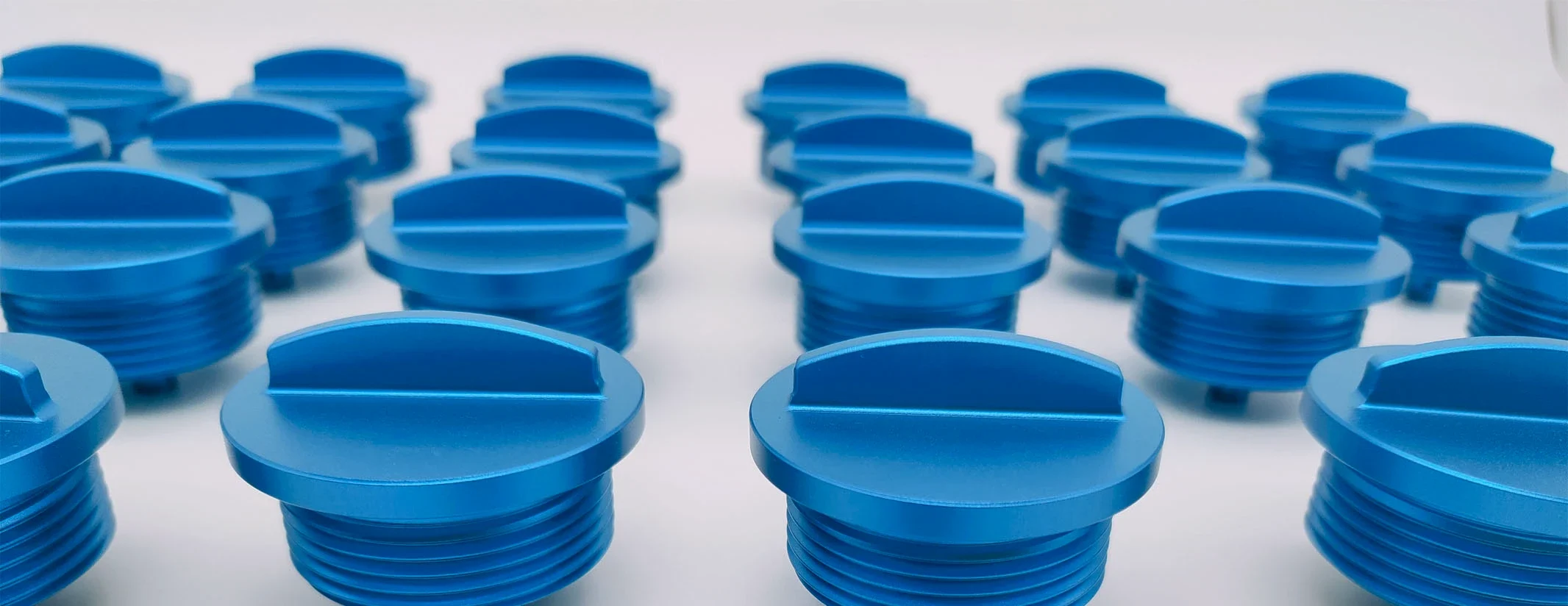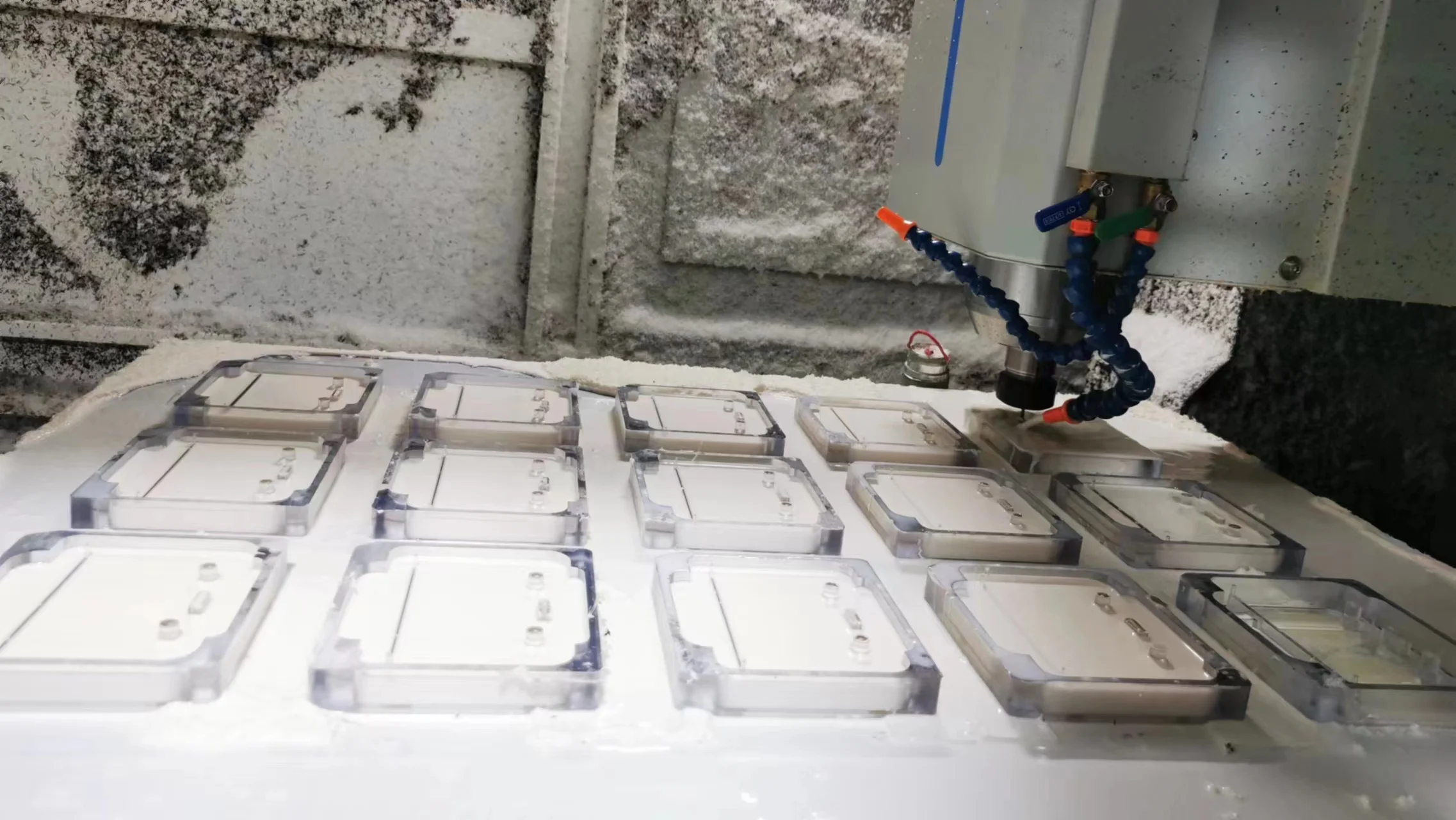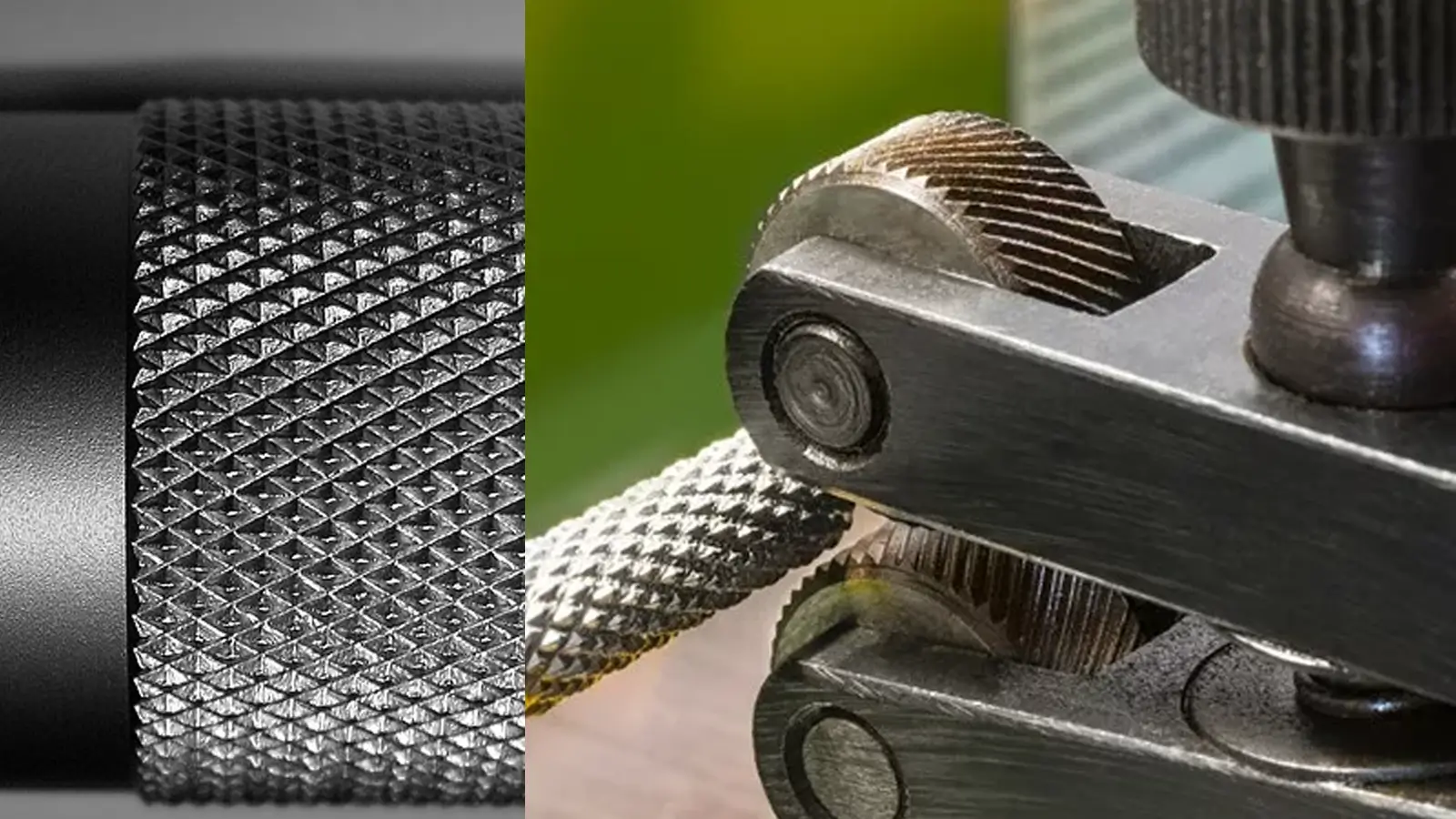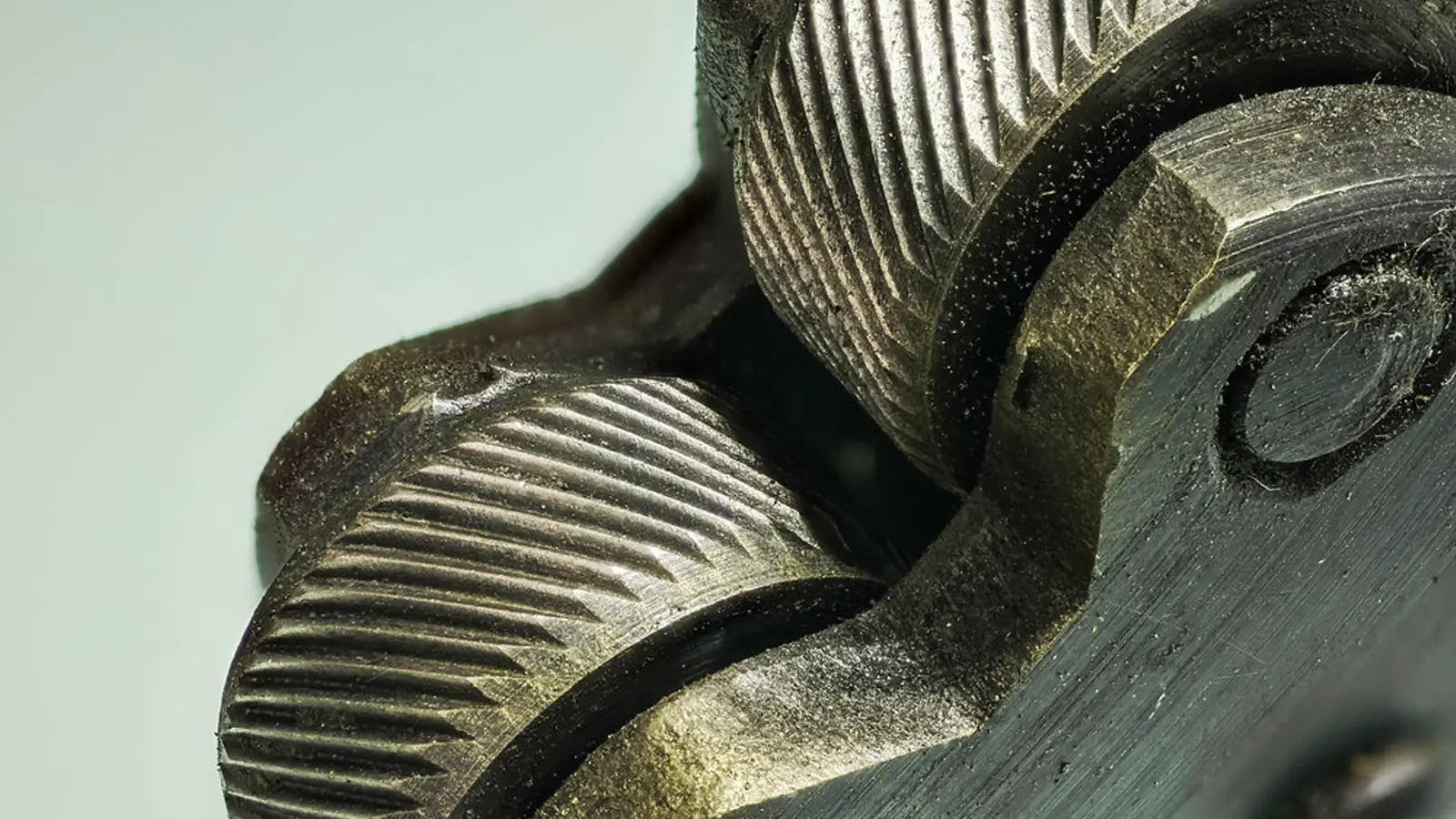Table of Contents
In GD&T(Geometric Dimensioning and Tolerancing), datum is a crucial reference system for geometric characteristics and tolerance control. GD&T datum defines the starting position to measure and inspect features of component, ensuring the accuracy for manufacture and assembly.
More importantly, GD&T datum symbol is one of the most common and critical indications in engineering drawings. Therefore, it is recommended to learn about datum comprehensively.
To proceed CNC projects smoothly, whether you are an engineer, CNC operator, or sales, it is necessary to understand GD&T symbols. This article would provide information of datum in detail. Other GD&T symbols will be introduced in the coming blogs.
Key Takeaways:
- In GD&T, a datum is a theoretically perfect point, axis, or plane derived from a part’s physical feature, serving as the precise origin for measuring and locating all other features.
- Datums are categorized by priority into primary, secondary, and tertiary to restrict a part’s degrees of freedom, and must be distinguished from the physical “datum feature” on the part and the “datum targets” used for positioning.
- On engineering drawings, a datum symbol is indicated either with a leader line pointing directly to a surface or axis, or by aligning with the dimension line of a feature of size to denote its axis.
1. What is Datum in GD&T?
The primary step to learn about datum is to know what is it in GD&T. Here we will introduce the definition, symbols and types of datum respectively.
1.1. Datum Definition in GD&T
If you want to learn how to interpret and use datum correctly, you are supposed to know the definition of datums first.
According to ASME Y14.5(1994), a datum is a theoretically ideal point, axis, or plane which is derived from the true geometric counterpart of a specified datum feature.
It is the origin where the location or geometric characteristics of features of a part are established. That is to say, a datum is where to measure from.
Datums in GD&T are used as a reference system for measuring and locating the different features of a parts.
What’s more, datums are compatible with all GD&T symbols except for those related to form tolerances, like flatness and straightness.
1.2. Datum Symbols in GD&T
The symbol of datum on engineering drawings are generally denoted with a series of capital letters(usually A, B and C as ranked).
These letters are in boxes and tied directly to the datum features with a black tringle or point to the datum features indirectly by lines.
An example for datum symbol is as follows:

1.3. Datum Types in GD&T
Generally, a single datum is not enough to completely measure a part in GD&T datum system. Therefore, engineers often use multiple types of datums to comprehensively measure or inspect features.
According to the priority and DOF(Degrees of Freedom), datums are classified into three types: primary datum, secondary datum and tertiary datum.
Primary Datum: Commonly denoted as symbol A, the primary datum is the most critical one to the form and dimensions of the part.
Primary datum has the largest DOF with one translation(usually the Z axis) and two rotations(usually X and Y axes). It means that there are at least three points of contact between the primary datum and its datum feature.
In CNC, the selection of primary datum generally follows these three criteria:
Firstly, choose the largest or the most stable surface as primary datum. Secondly, choose the surface with the highest accuracy. And thirdly, choose the critical features mostly related to functional reference.
Secondary Datum: The secondary datum is denoted as symbol B with two DOF(one translation-X axis and one rotation-Z axis).
That is to say, the secondary datum has at least two points of contact with its datum feature. And the feature perpendicular or parallel to Datum A or the second-longest stable feature is often selected as secondary datum, also Datum B.
Tertiary Datum: It is the datum denoted as symbol C and only has one DOF, the final translation-Y axis. The tertiary datum is generally perpendicular to both Datum A and B and is typically a short edge or locating hole.
2. Datum VS Datum Feature and Datum Target
Another important thing you should know is the difference between datum, datum feature, and datum target. It is common for many people to confuse datum with datum feature and datum target.
However, to make professional engineering drawings, designers and manufacturers must have a correct cognition of them.
Datum Feature: The datum feature is the physical and tangible feature of the part used to established the datum. Since it is the practically measured construction indicated on the drawings, it has theoretical deviation and is coarse to some extent.
Datum: Datum is an abstract theoretical concept. It is the ideally theoretical geometric elements like planes, axes and points, that is established on the base of datum feature to be applied as the reference for dimension and tolerance.
That is to say, the datum is figured out through the physical contact of datum feature by measuring tools or simulated by mathematical ways and is used as the measuring reference for other features during tolerancing.
Datum Target: A datum target is a specific point, line or area on a datum feature to restraint the measured contacting position between the feature and measurement machine. It serves as an additional piece of information to figure out the datum.
Usually, engineers use multiple target points or areas to establish datum. What’s more, it is particularly used when the datum feature is a curved surface, thin-walled part or discontinuous surface.

3. How to Show Datum on Engineering Drawings?
The datum symbol is one of the most critical concepts in the GD&T system. Since almost every feature requires a datum for dimensioning and tolerancing, there are various ways to call out the datum symbol.
Commonly, the datum symbols are classified into two broad categories according to applications.
Datum Symbol on a Surface or Axis
The primary method is to make a surface or axis serve as a datum. That is to say, a planar surface or the axis of a round feature figures as the datum for dimensioning. It is arguably used more commonly in GD&T system.
There are various means to declare a surface or axis as the datum on an engineering drawing. Usually, the datum symbol is connected by a leader line to the edge of datum feature or its extension line.

Take the above drawing as an example, datum A and E respectively point to the front and back surfaces. And the solid and dotted line respectively stand for the front and back sides.
In addition, the above drawing also show different indicational ways for a same datum. You can see that the datum C is shown both by a leader pointing to the surface and by connecting the extension line drawn for dimensioning.
Datum Symbol on a Feature of Size
The other common method is to declare a feature of size as a datum. Take the above drawing for instant, datum A is referencing the feature with a size of 1.500.

Pay attention to that it is shown differently from the first example. The datum symbol is in line with the arrow indicated for dimension. While the datum C is the axis of the hole with a size of 0.750. It is indicated with a connection to the extension line of the edge of hole.
And you should know that if the center of the hole is off-dimension within allowed zone, the datum would shift along with it.
4. Why is Datum Important?
Datum as a standard reference system for dimensioning and tolerancing in design and manufacture, plays a critical role during the whole process of production. Its functions are too remarkable to be ignored. The main advantages of datums are as follows:
Establish a Uniform Reference System: Datums provide ideally geometric references for parts or assemblies, ensuring consistency across design, manufacturing and inspection.
For example, in machining an automotive engine block, a datum plane serves as the reference for positioning all holes and surfaces.
Control Accumulation of Geometric Errors: By constraining a part’s degrees of freedom (translation/rotation), datums prevent error stacking during manufacturing or assembly.
For instant, using the same datum for multiple parts in an assembly minimizes misalignment or gaps.
Communicate Design Intent: Datums highlight functional priorities of a part, conveying the focus of manufacturing and inspection.
Enable Repeatable Inspection: Datums define measurement origins for tools like CMMs (Coordinate Measuring Machines) or fixtures, ensuring consistent results.
5. How to Apply Datums Correctly?
After learning about the essential knowledge of datums, here we will talk about how to apply datums correctly.
Datum Reference Frame
To use datums correctly, you should know clearly of the Darum Reference Frame first.
A DAF is a coordinate system created by the datums specified within a feature control frame, and is preferably a Cartesian coordinate system. That is to say, a DAF sets up the framework for the geometric control to reference.
And other feature control frames that list the same datums in the same order with the same modifiers would also be inspected to this DAF. DAFs play a crucial role in GD&T system for their locating functions. They are typically used to orient and locate tolerance zones.
Every datum exists within specific DAFs.
By locking down six degrees of freedom, we can fully locate and orient a part within a DAF. The six degrees of freedom refer to three distances from datum planes to establish an X,Y, and Z position as well as three rotary positions to orient the part at that position.
Generally, we use X, Y, and Z to point the translational degrees of freedom and u, v, and w point the rotational degrees of freedom.
Datum Application Keys
Choose Datum Right: It is supposed to choose the feature with crucial functions as the datum. And those surfaces that are easily distorted are not suitable to be chosen as datums.
Specify the Priority: It is important to specify the primary datum, the secondary datum and the tertiary datum, otherwise the Degrees of Freedom would be in disorder and the results of inspection would be unreliable.
Relate Tolerance Requirements: It is better to ensure all of the crucial geometric tolerances are associated with the datum system for reference, or the controlling function of tolerance zones would lose.
6. Conclusion
It is not doubt that the GD&T datum is a critical means and symbol in CNC machining. Without datums, designers and manufacturers can not ensure products are manufactured withing functional tolerance limits.
We hope this article would give you an effective guide on understanding and applying datums.

Lucas is a technical writer at ECOREPRAP. He has eight years of CNC programming and operating experience, including five-axis programming. He’s a lifelong learner who loves sharing his expertise.
Other Articles You Might Enjoy

GD&T Straightness
Straightness is to confine the deviation from a line of the truly manufactured features to an ideal theoretical line.

GD&T Flatness
Flatness controls the applicable form deviation from the true surface to the ideally designed surface.

Datum GD&T
A datum is a theoretically ideal point, axis, or plane which is derived from the true geometric counterpart of a specified datum feature.

GD&T Circularity
GD&T circularity is mainly used to control the deviation level from the actual circular profile to the ideally perfect circle.




